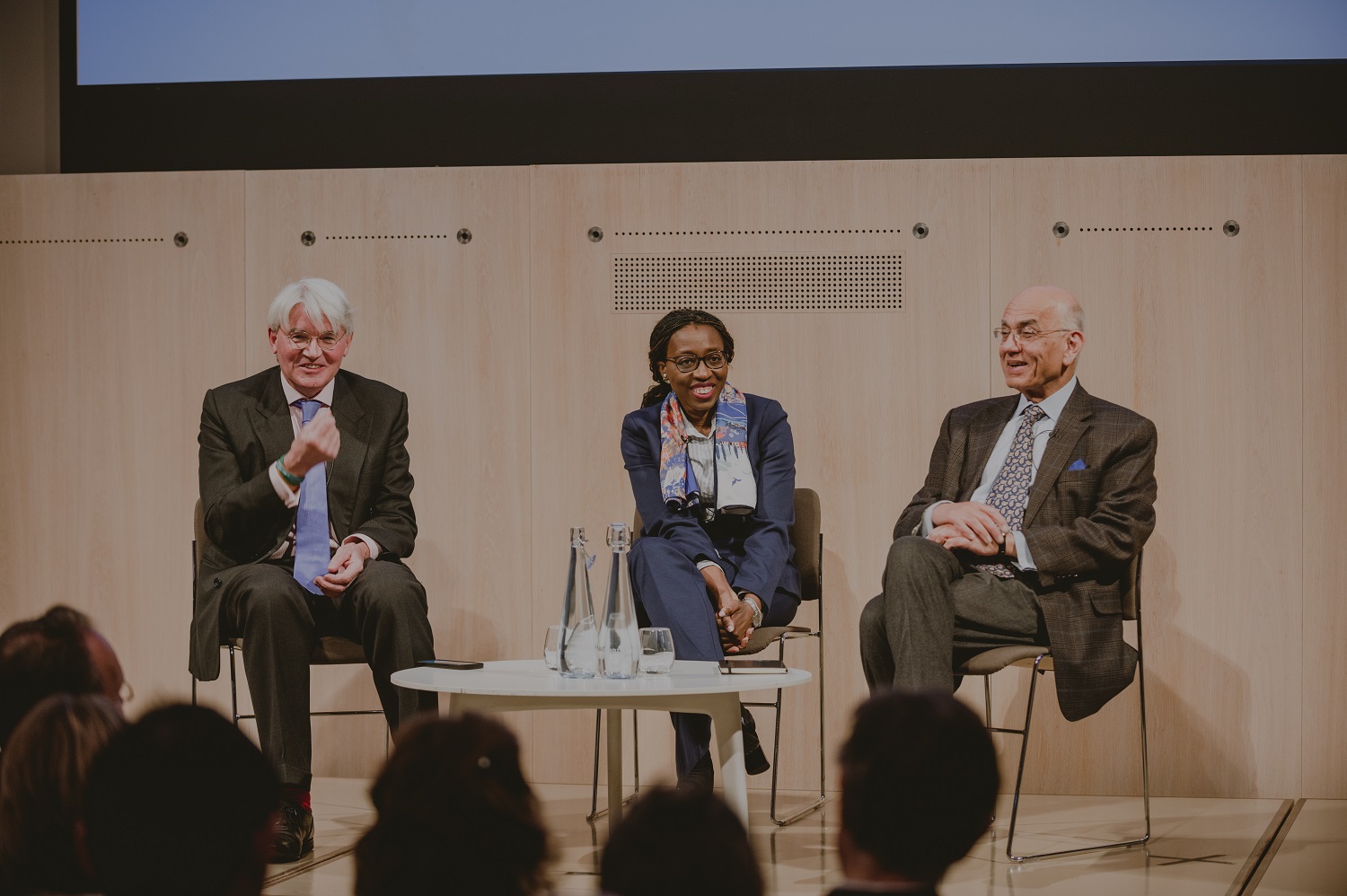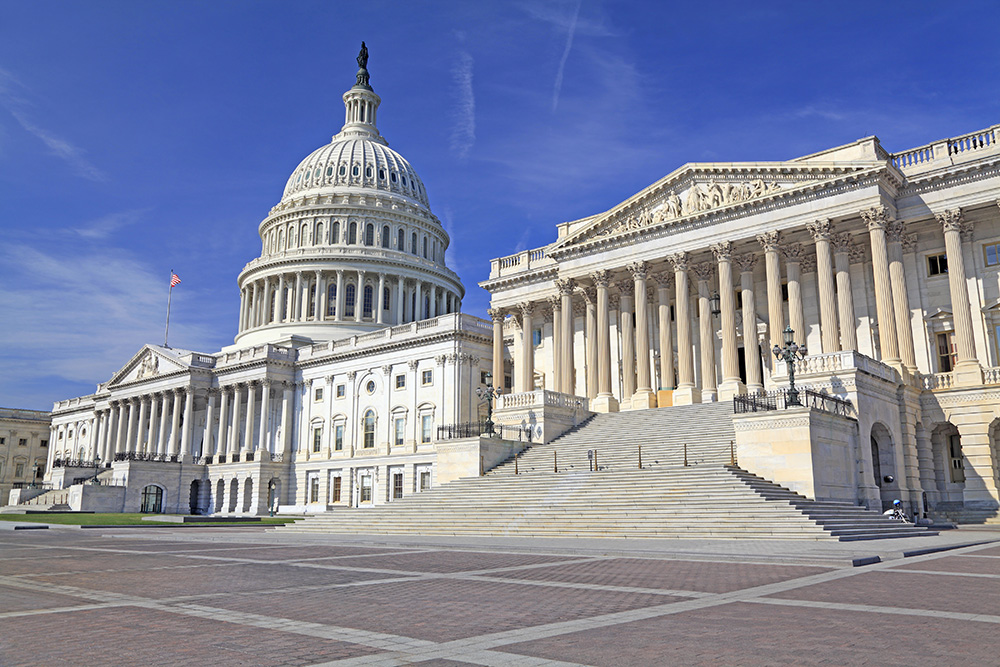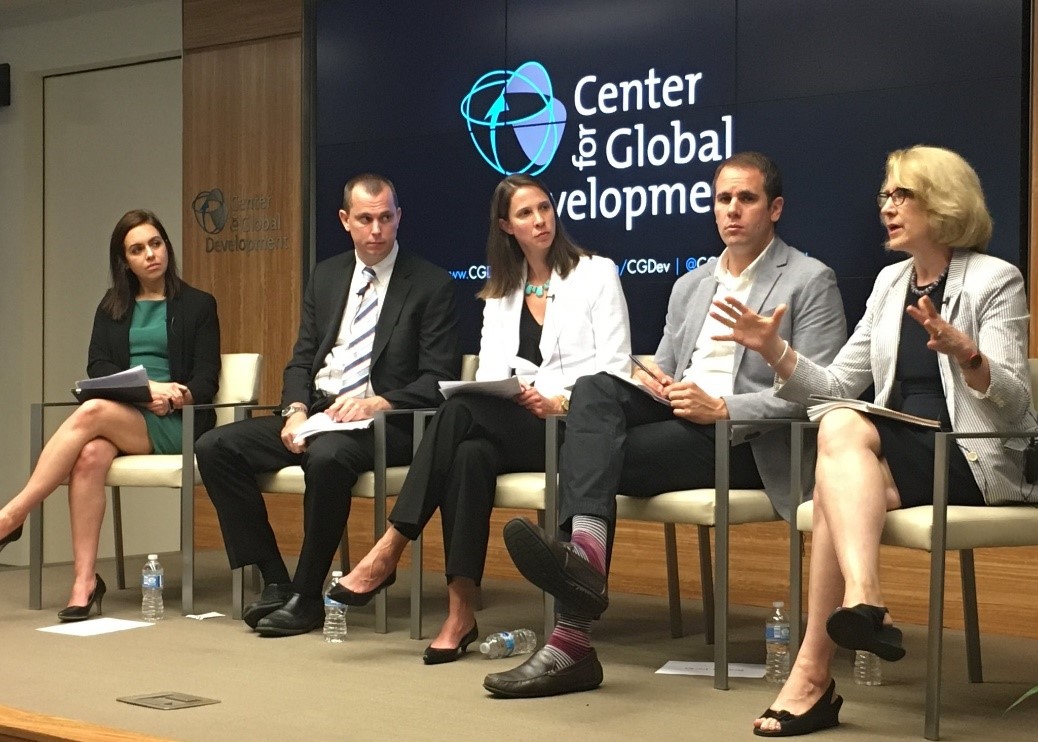Clear and rigorous evidence on the contributions of US global health programs is more important than ever, as the White House and lawmakers discuss and debate budgets and the future of US support to global health. Such information aids policymakers who must prioritize support to effective public health programs.
For this reason, CGD is pleased to co-host an event to discuss and—indeed—celebrate the release of a supplement in the American Journal of Tropical Medicine and Hygiene reporting on the work of the U.S. President’s Malaria Initiative (PMI) and partners to document the impact of malaria control interventions and new methods for evaluating programs. The event, co-hosted with the American Society of Tropical Medicine and Hygiene (ASTMH), PMI, and others, will take place on Wednesday September 27 from 12:30 to 3:30 pm at CGD. You can read more and register here.
In May, the president’s budget request outlined drastic funding cuts to PEPFAR, malaria programs,* the NIH, and CDC, among many others. Meanwhile, the House Committee on Appropriations approved more funding for several programs in July, and has maintained commitments to important multilateral programs like GAVI and the Global Fund.
The budget debate gives new impetus to long-standing efforts to develop more evidence on what works in global health and clearer communication of the contributions of global health investments. Several rebuttals to the proposed cuts have highlighted the existing empirical evidence around PEPFAR’s effects on HIV-related deaths, employment, and perceptions of the United States.
In the malaria space, a good example of this generation of rigorous evidence is a recent study by Aleksandra Jakubowski and co-authors (including Harsha Thirumurthy, a former CGD Post-Doctoral Fellow) that uses data from 32 sub-Saharan countries to document PMI’s contribution to reductions in under-5 child mortality, as well as gains in the use of insecticide treated nets and indoor residual spraying. The analysis also places improvements within the context of other malaria and non-malaria aid. After accounting for the presence of other financing sources, the researchers found that support from PMI was associated with a 14 percent annual reduction in the under-5 child mortality rate.
The fact that solid evidence shows that PMI and other US efforts are important for global health is consistent with a desire to improve how public health programs are designed and implemented. There are many ways to elevate the return on investment in global health generally and allocate existing resources more efficiently, e.g., by:
-
Paying for outcomes, not inputs
-
Shifting toward evidence-based interventions where they’re not already in use
-
Publishing program data in a comprehensive and timely manner, to allow peer reviewers to see for themselves (and make suggestions on how to improve)
A recognition that the US global health programs are contributing to important and substantial improvements in health outcomes can be a productive starting point for discussing how to spend more wisely and increase that impact. The upcoming event at CGD is a great opportunity to get started on the right foot.
* Funding for malaria via USAID stood at $755 million in 2017 and $674 million in 2016. The 2018 funding request for malaria via USAID is $674 million and $250 million of that comes from a potential one-time transfer of Ebola funds.
This post was updated on 9/18.
CGD blog posts reflect the views of the authors, drawing on prior research and experience in their areas of expertise.
CGD is a nonpartisan, independent organization and does not take institutional positions.





